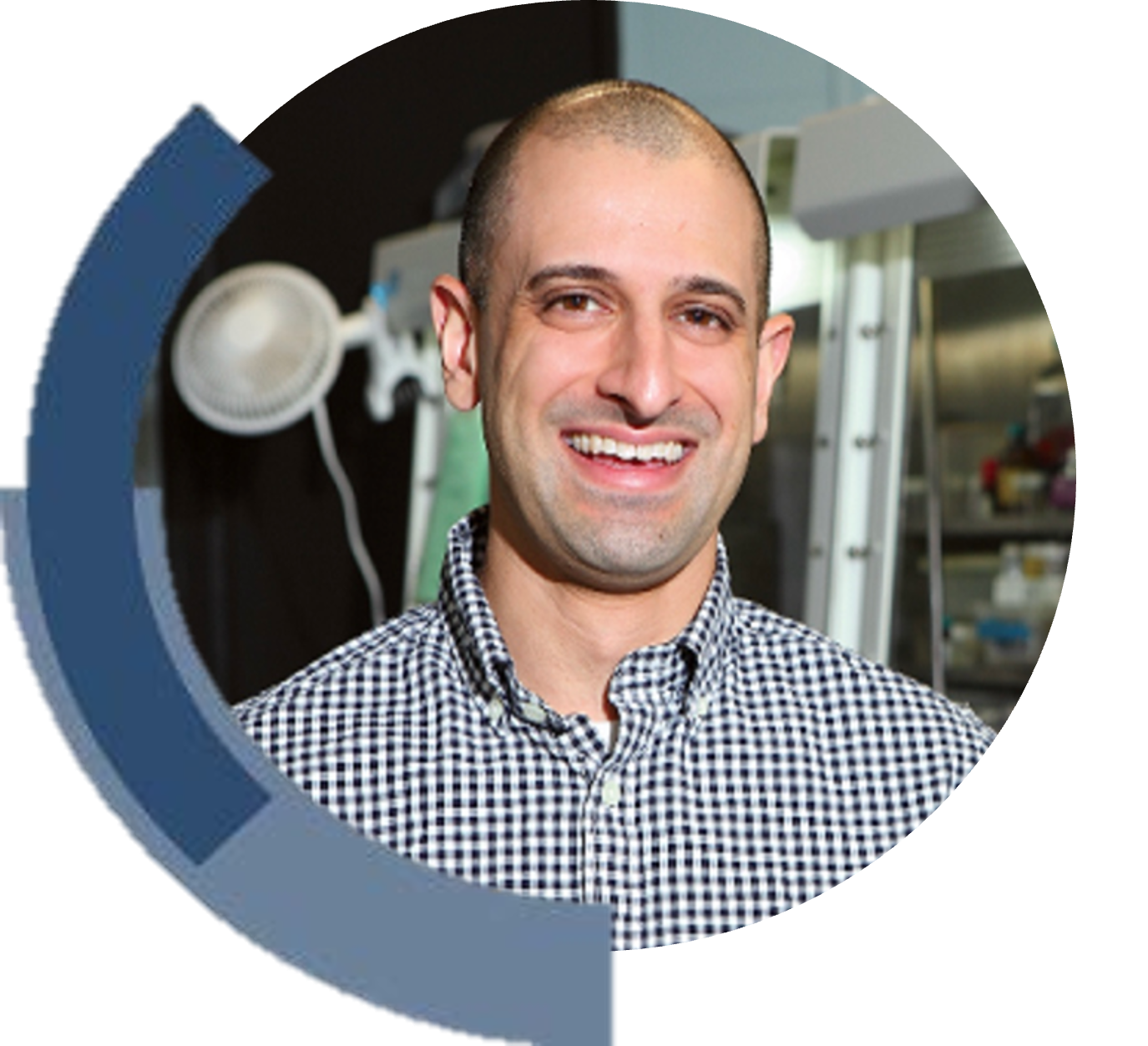ChemComm is publishing its 60th volume in 2024. Over the past 60 years, ChemComm has been the RSC’s most cited journal, and one of the most trusted venues for rapid publication of short communications. In our anniversary year, we recognise the important contributions ChemComm has made, and continues to make, in advancing the chemical sciences.
As part of our anniversary celebrations, we’ve brought together a collection featuring the latest research from some of our most loyal and dedicated authors. From those marking the beginning of their independent academic career by publishing their first article with us, to the rising stars and established leaders publishing in our yearly ‘Emerging Investigators’ and ‘Pioneering Investigators’ collections, this collection champions the contributions of our worldwide author community. We are proud many authors choose to support our journal by regularly publishing their best work with us. This collection also features papers from our ChemComm Emerging Investigator Lectureship winners, and our Outstanding Reviewer awardees, whose invaluable feedback has shaped our published content through the years.
To accompany the collection, we’ll be publishing interviews with contributing authors where they provide further insight into their research and reflect on their journey with ChemComm.
Check out our interview with Professor Naoyuki Shimada (Nihon University, Japan) below!
 |
Naoyuki Shimada obtained B.Eng. in 2001, and M.Eng. in 2003 from Nihon University under the guidance of Prof. Shoichi Shimizu. He received Ph.D. in 2007 from Hokkaido University under the supervision of Prof. Shunichi Hashimoto. Following his doctoral studies, he worked as a Research Associate and an Assistant Professor at Hokkaido University. In 2009 he joined Prof. Tius’s Research Group at University of Hawaii at Manoa as a Postdoctoral Researcher. He returned to Japan in 2011, taking a position as Assistant Professor at Kitasato University, where he was promoted as a Junior Associate Professor in 2019. In 2022, He moved to the Department of Chemistry, Nihon University as a Principal Investigator. Dr. Shimada has several prestigious awards, including Kaneka Award in Synthetic Organic Chemistry, Japan, Pharmaceutical Society of Japan Division of Organic Chemistry Award, and UBE Young Researcher Award. His research focuses on the development of organic reactions using organoboron catalysts and its application to the synthesis of biological molecules. |
How have you seen ChemComm evolve over the years, and what aspects do you find most noteworthy?
ChemComm has consistently published short communications of highly novel, high-level research in the field of general chemistry, both in the past and present. The various Themed Collections offered by ChemComm serve as important resources about research fields and researchers.
What is your favourite thing about ChemComm?
What I appreciate most about ChemComm is how highly novel research is concisely summarized in a format suitable for a communications journal. This makes it extremely accessible and helps readers stay informed about the latest trends in the field.
In what ways do you think ChemComm stands out among other journals in your field?
ChemComm’s strength lies in its 60-year tradition and authority as the RSC’s leading communications journal in general chemistry. Despite the emergence of many new academic journals in recent years, ChemComm has maintained its status as a respected platform for novel research.
How would you describe the peer review process and interaction with the editorial team at ChemComm?
The insightful comments from ChemComm’s excellent reviewers significantly enhance the quality of submitted manuscripts. The editorial team’s decisions are fair and impartial. ChemComm’s reliability is upheld by the rigorous data verification conducted by both the editorial team and expert reviewers. The rapid peer-review process and the visibility of review stages through RSC’s Manuscript Tracker are invaluable to researchers.
Are there ways in which the journal can further support and engage with future generations of scientists?
ChemComm provides valuable opportunities for researchers at all career stages. Initiatives such as ChemComm Milestones, Emerging Investigators, Pioneering Investigators, and the ChemComm Blog are great examples of how the journal encourages researchers. I hope ChemComm will continue to focus on and support young scientists in the field of chemistry.
Could you provide a brief summary of your recent ChemComm publication?
Amides and peptides are key chemical structure found in many pharmaceuticals. The catalytic dehydrative condensation reaction between readily available carboxylic acids and amines is the most efficient and direct method for synthesizing amides and peptides. This Feature Article reviews the progress made in developing organoboron-catalyzed dehydrative condensation reactions for amide and peptide bond formation from 1996 to 2023, including our recent development of a diboronic acid anhydride (DBAA)-catalyzed reaction.
In your opinion, what are the next steps or potential areas of research that could build upon the findings in this paper?
As highlighted in the Feature Article, significant progress has been made in organoboron-catalyzed dehydrative amide and peptide bond formation, thanks to research into new reaction mechanisms and novel catalysts. However, to further advance this field, we need catalysts that can operate under mild conditions, with low catalyst loadings, and without additives. We anticipate the development of such innovative catalysts in the near future.
Be sure to read Naoyuki’s Open Access Feature article, “Organoboron catalysis for direct amide/peptide bond formation” to learn more!





















